
At architecture biennale in Hong Kong and Shenzhen resilience is the focus, with displays of urban nature, uses for bamboo and a blow-up chapel
- The Bi-City Biennale of Urbanism\Architecture, the first since 2019, has as its theme resilience, with community, sustainability and inclusion as core values
- An inflatable one-person chapel, an installation of weeds that expresses the power of nature, and experiments with locally grown bamboo are among the exhibits
Think of some of the hardiest members of Hong Kong society and domestic helpers probably come to mind.
Their fortitude – underscored during the pandemic when discrimination left some who caught Covid-19 homeless and jobless – lies behind a reusable, portable spiritual space at the North Point Ferry Pier called the Inflatable Chapel.
The plight of domestic helpers prompted Napp Studio & Architects to come up with the silver-coloured, pyramidal, one-person structure once they learned that the theme of this year’s Hong Kong Shenzhen Bi-City Biennale of Urbanism\Architecture (UABB) is “Seeds of Resilience – Re(dis) covering the City”.
“We felt like somehow we could connect to the corrugated cardboard structure that they usually [use] on the street – which is already super Hong Kong and resilient – and [think] about flexibility and adaptability,” says Wesley Ho, who co-founded the studio with Aron Tsang.
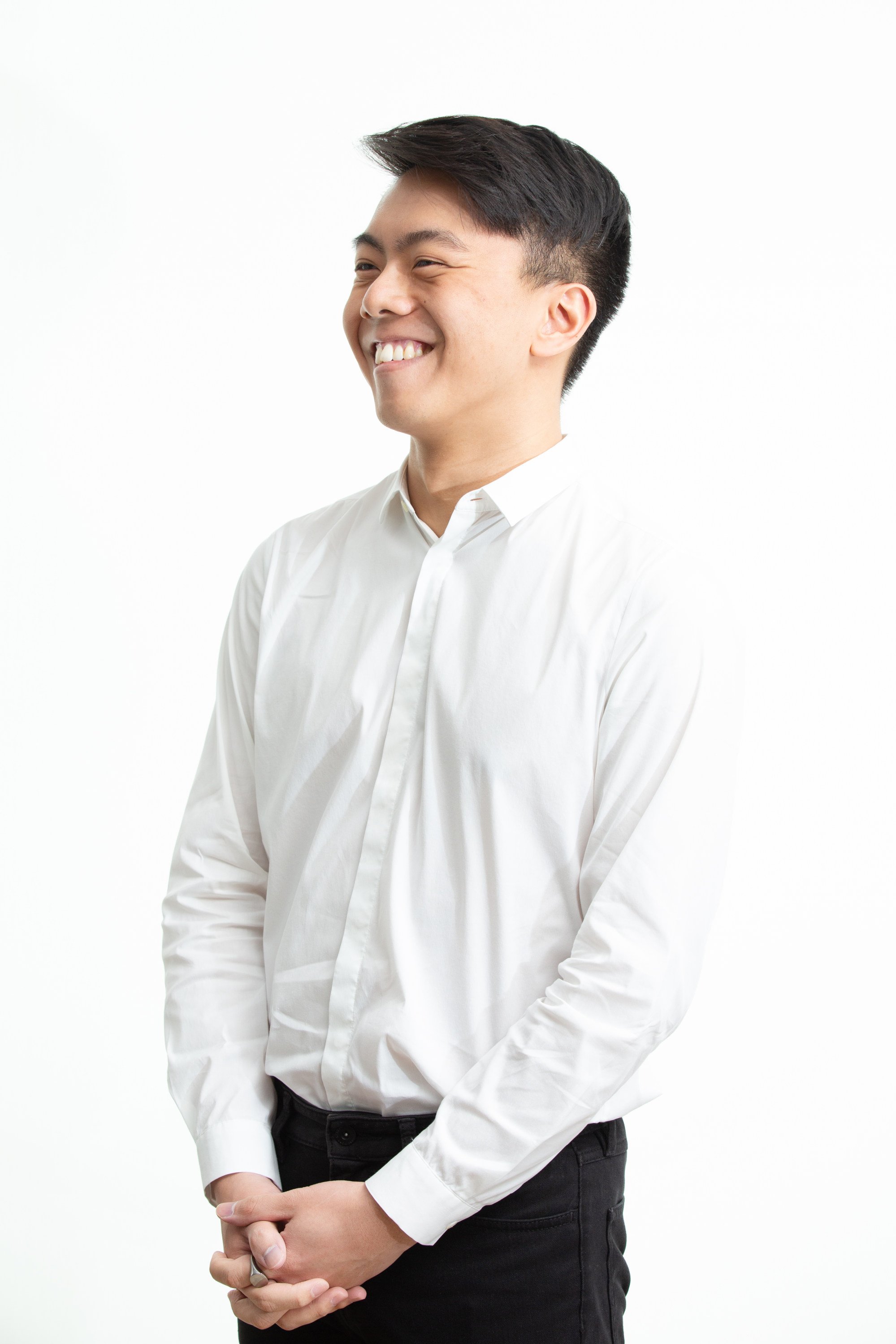
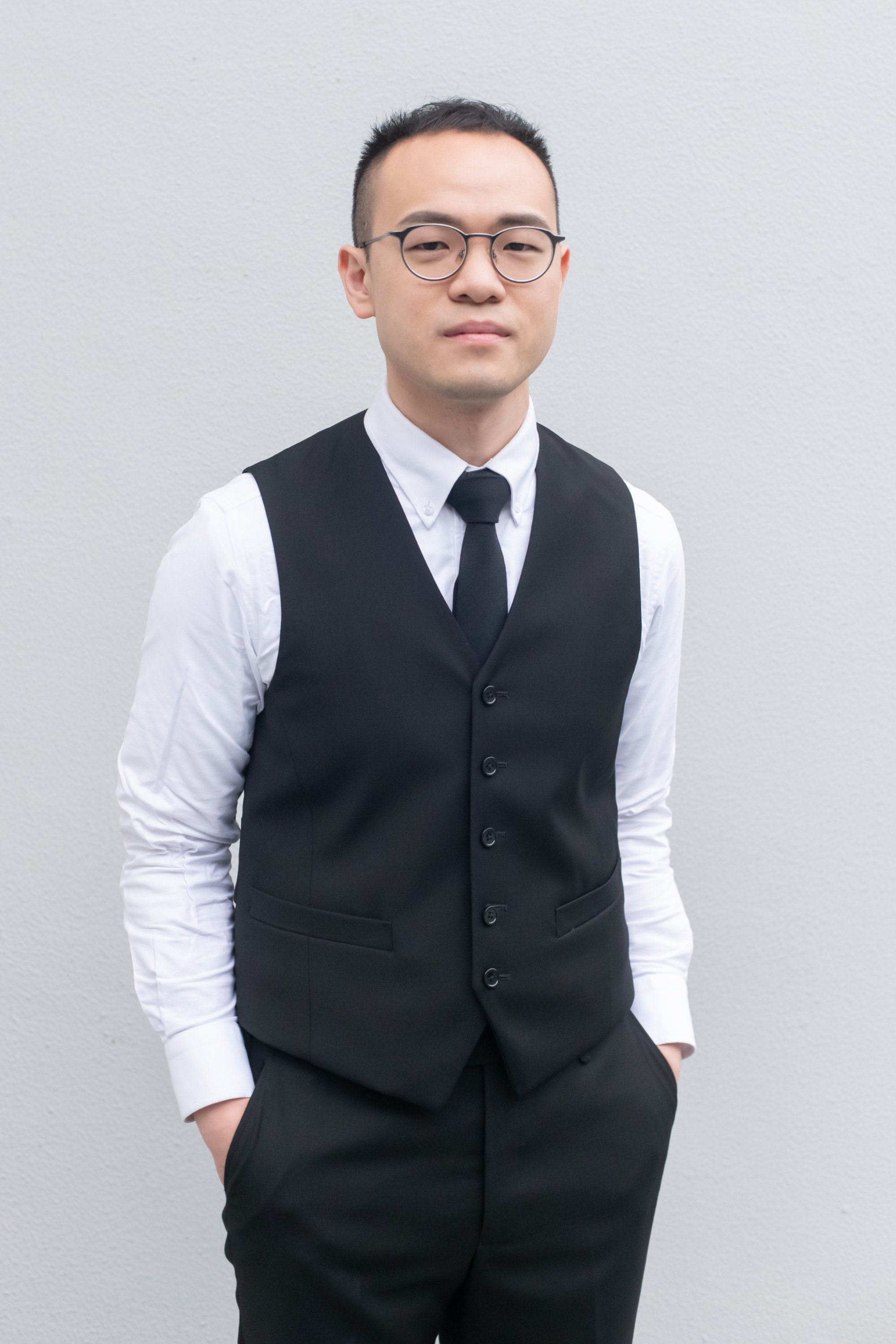
Religion and spirituality were also factors in their 2.6-metre-tall design made from Oxford fabric, a lightweight woven material.
Wake-up call for China’s private art museums amid property-market slump
“The role of architects has been widened in an unprecedented way,” says Fei Mui, who worked with five other emerging architects and event curators – Alfred Ho, Lo Wan-ki, Erica Chui, Nicky Wong and Carla Lung – to design the biennale.
Along with the rest of the UABB curatorial team – all alumni of the University of Hong Kong – Mui hopes to show how Hong Kong’s architecture scene is evolving. Although overseas exhibitors will be featured, young, local talent is the focus.
That includes Ivy Wong Hiu-yan and Benni Pong Yu-lin, the duo behind “Weedsilience”, which aims to challenge preconceived notions about weeds while educating people about urban wilderness and spontaneous landscapes.

“When people talk about nature, they often talk about native species and about conservation. But often they treat weeds as something negative and undesirable,” Pong says. It’s more a cultural issue than a biological one. “In biology, there’s nothing called weeds. Honestly, a plant is a plant.”
Not all weeds are invasive or exotic species, and some are safe to eat, Wong says, adding: “When I was young, I lived in a village in Sheung Shui, [and] my grandma took me around the villages to pick up edible weeds and some herbal medicine.”
With the help of Chinese University of Hong Kong’s Centre for Environmental Policy and Resources Management, the two have planted a wild exhibit of weeds at Central Pier.
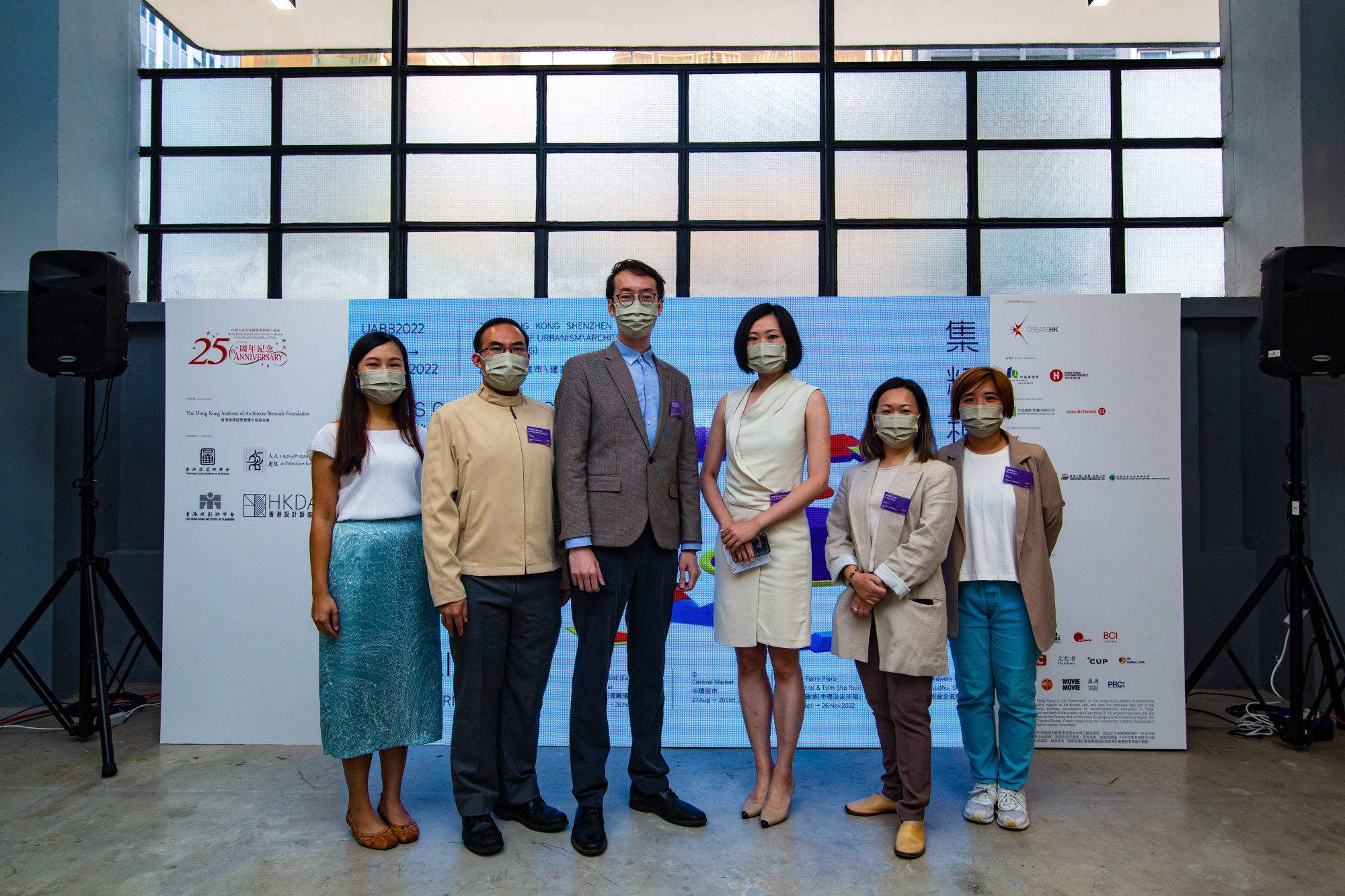
Mui views the intersection of city and nature as poetic. Showing Weedsilience in Central puts a spotlight on resilience and responds to urban dwellers’ desire to be in touch with nature, she says.
The biennale is running at Central Market from August 27 to October 26, and from September 10 to November 26 at the North Point (East) Ferry Pier and the Star Ferry piers in Central and Tsim Sha Tsui. Exhibitions in Shenzhen will be held from late November.
In looking for exhibition venues, Mui says, the team picked spots that are convenient but mostly underused. Although the recently revamped Central Market attracts crowds, the piers, she points out, are all public spaces with untapped potential.
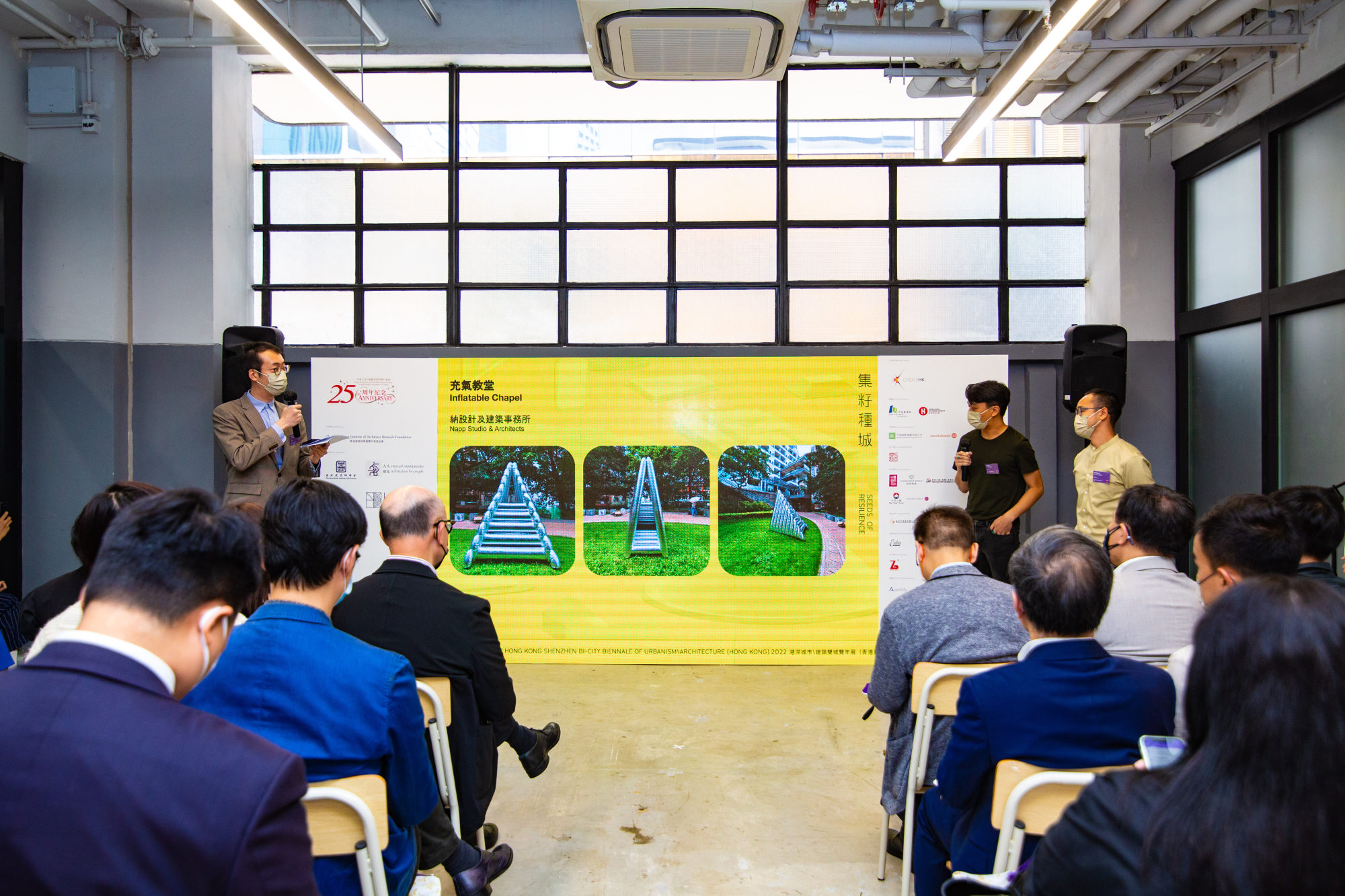
The North Point (East) Ferry Pier will be the location for another nature-focused exhibit, called “A Local Bamboo Experiment”. For years rural revitalisation has been the focus of The Common Map co-founder Christopher Choi, who has carried out cultural mapping (detailing stories, natural resources and cultural resources) for Mui Tsz Lam, a Hakka village in the New Territories.
After learning more about the village’s bamboo, which is used for weaving, among other things, Choi decided to explore different bamboo treatment methods to make the material stronger and even more useful.
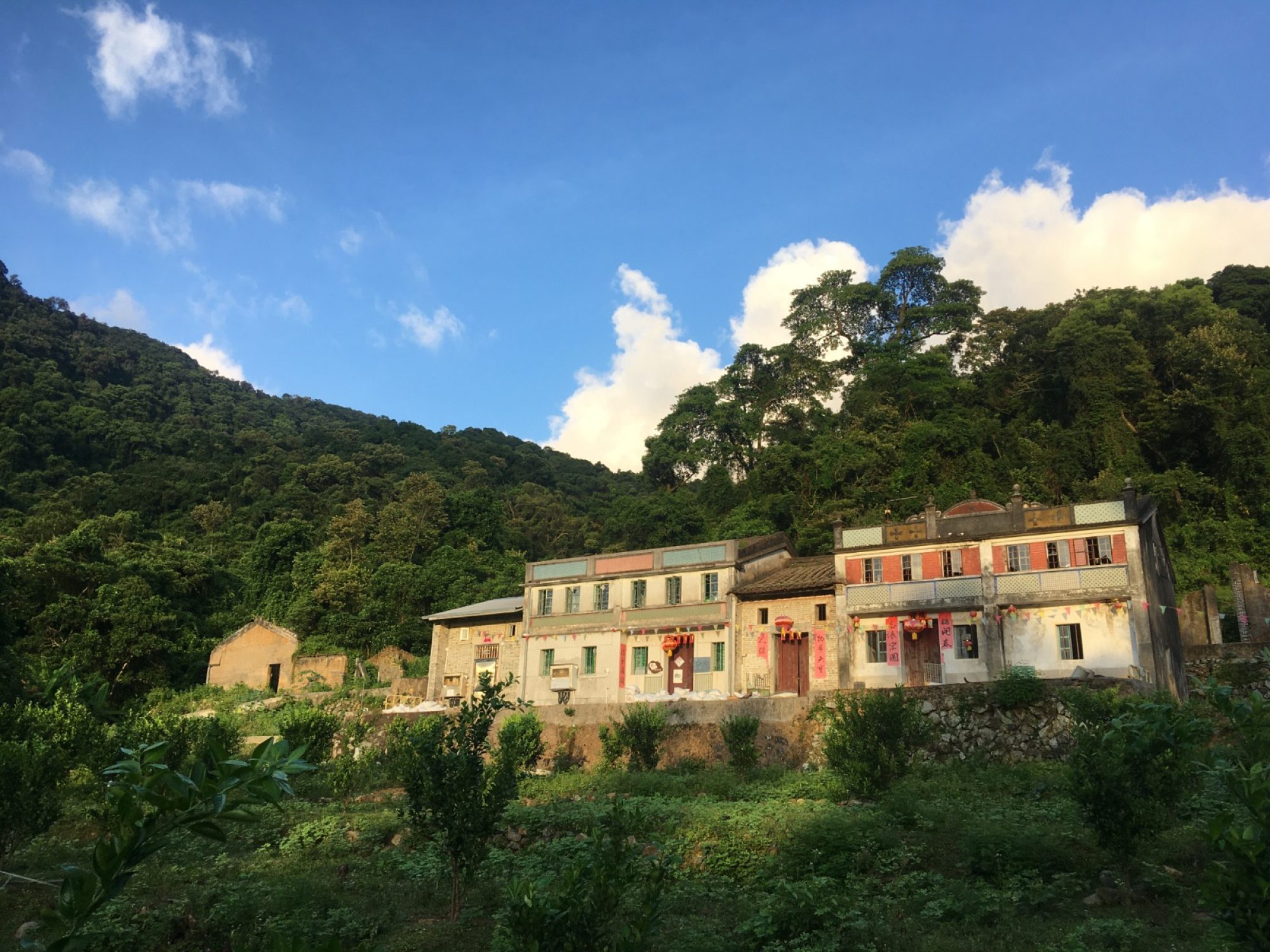
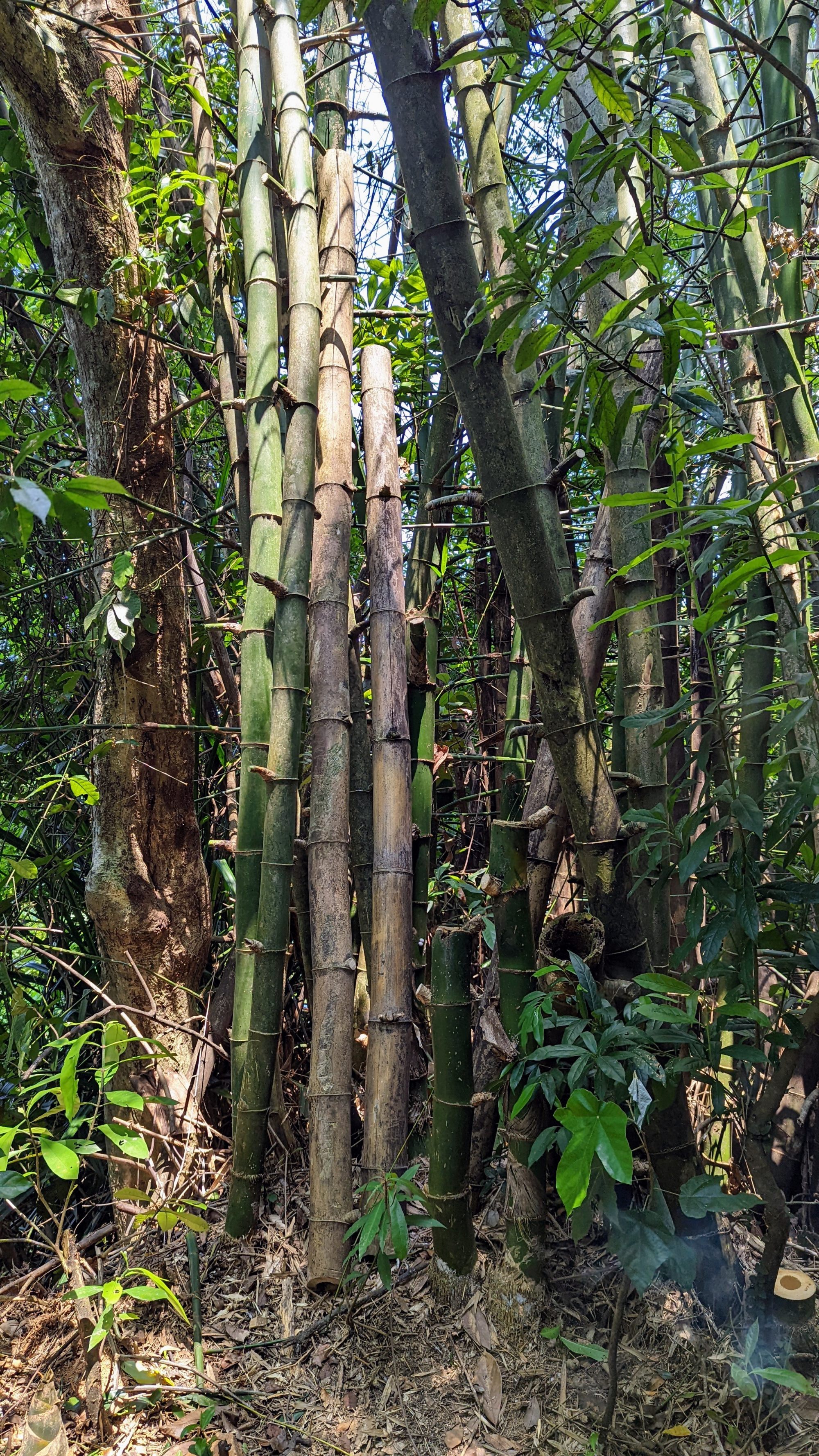
The treatments include soaking bamboo in running water, curing it with fire and applying chemicals. His hope is that, over the course of two months, the team will find out which method proves the most effective and suitable for villages.
“In terms of sustainability or making use of local materials, I think rural areas can actually have a bigger role to play in Hong Kong,” Choi says, adding that villages should not be abandoned.
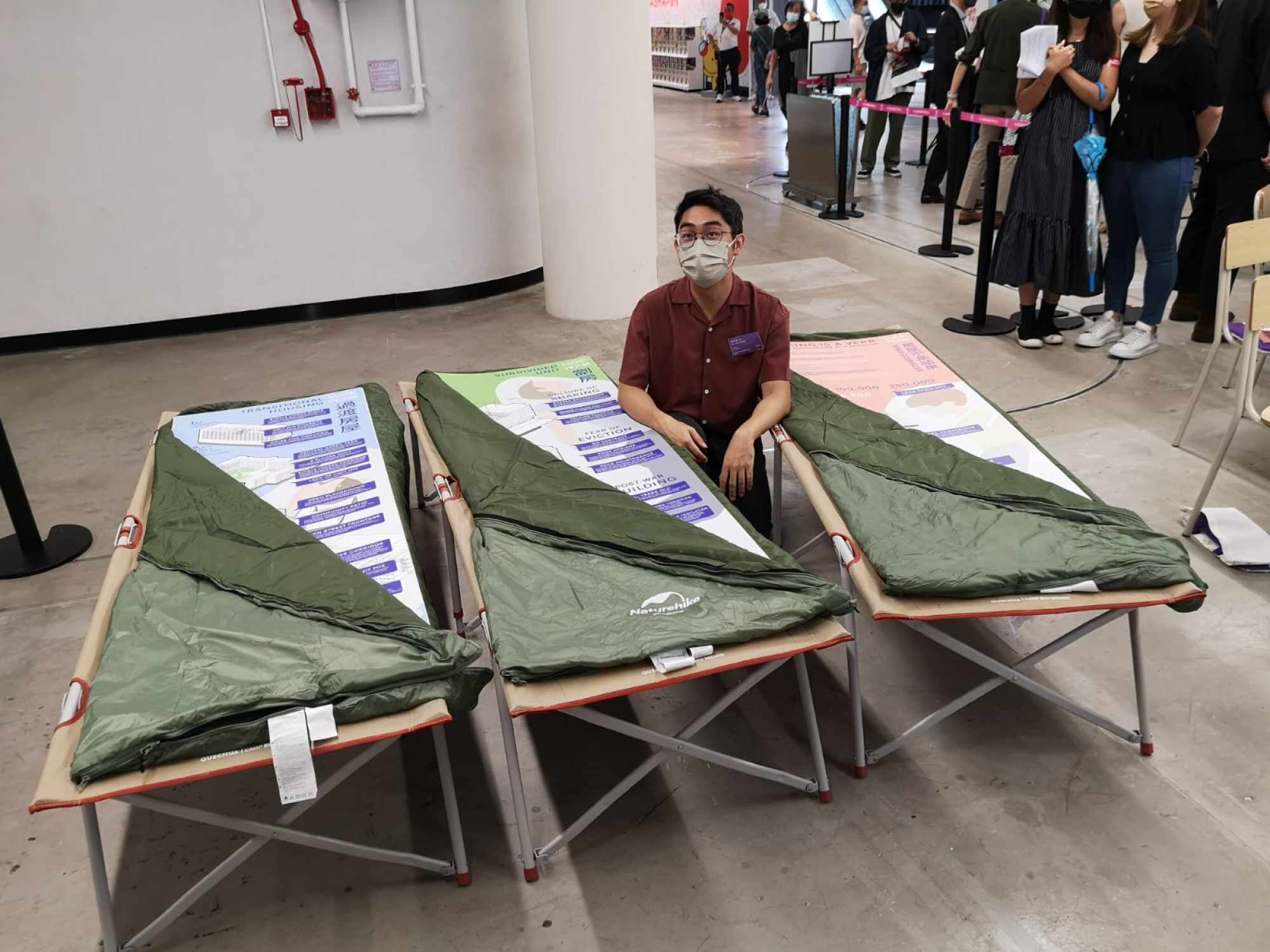
“The countryside actually has a lot of hidden resources, stories [and] knowledge,” he says, and is an important part of Hong Kong and its history.
In setting up the biennale, sustainability was a key consideration. Most of the materials used by architects and designers in their exhibitions will be reusable or biodegradable.
“You can’t do an exhibition of this scale, talking about sustainability and resilience, and then end up shipping most of the stuff to landfill after, right?” Mui says. “It takes a bit more time and thinking ahead, but I think it’s worth it.”

